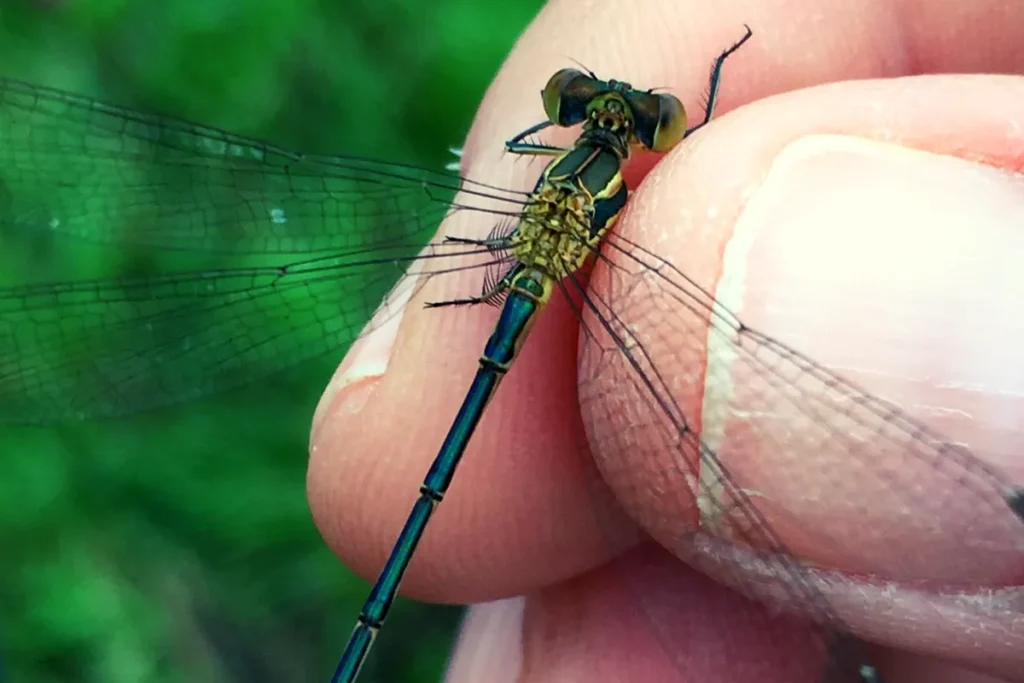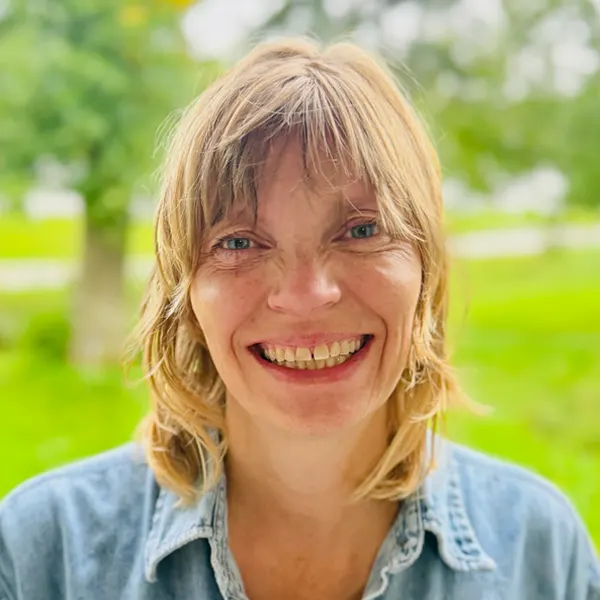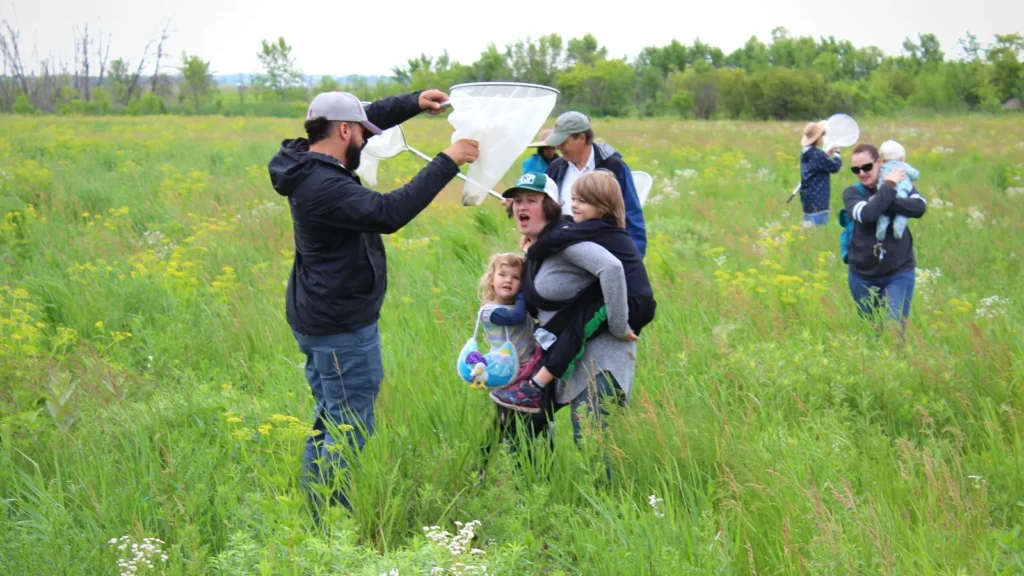
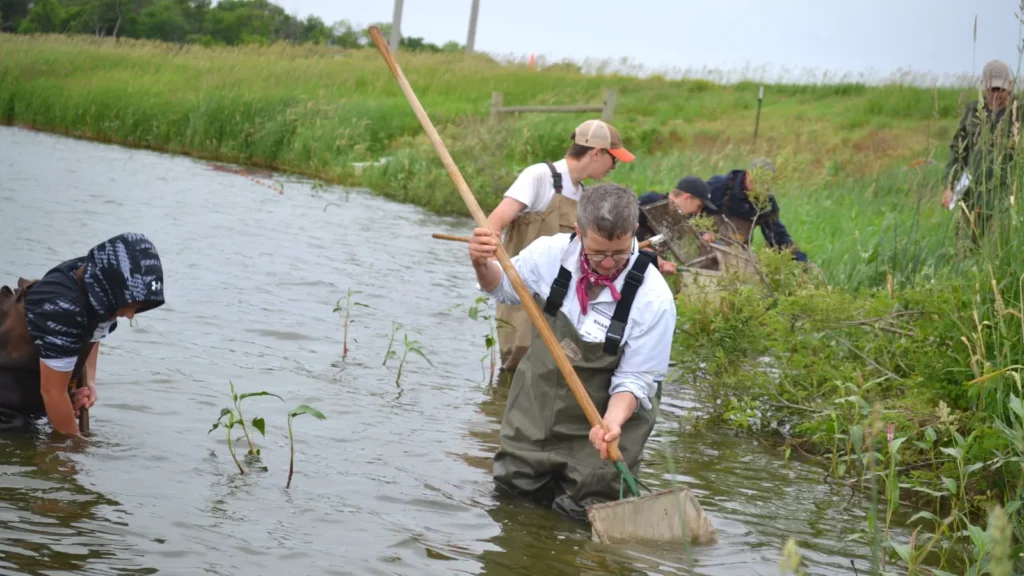
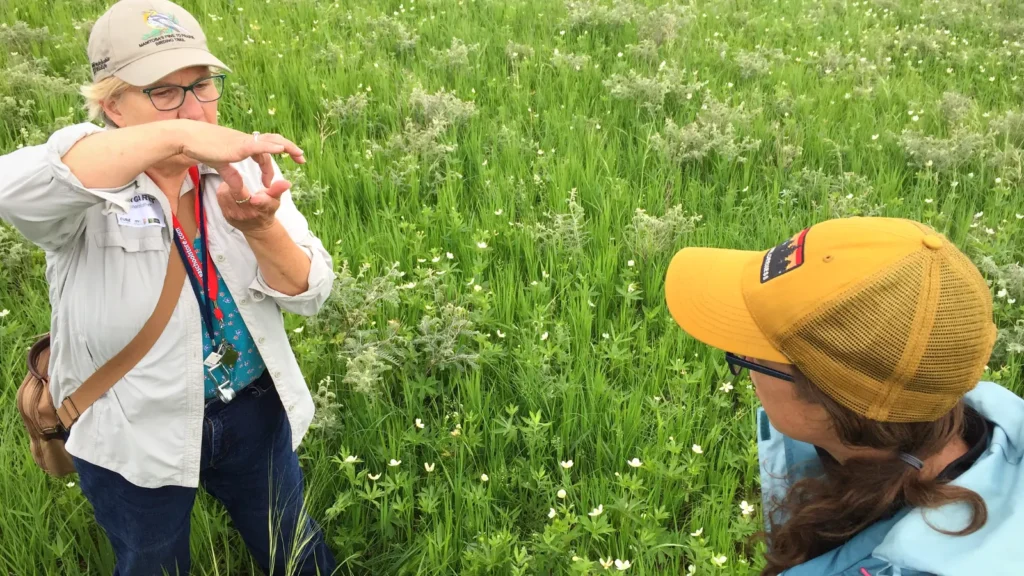
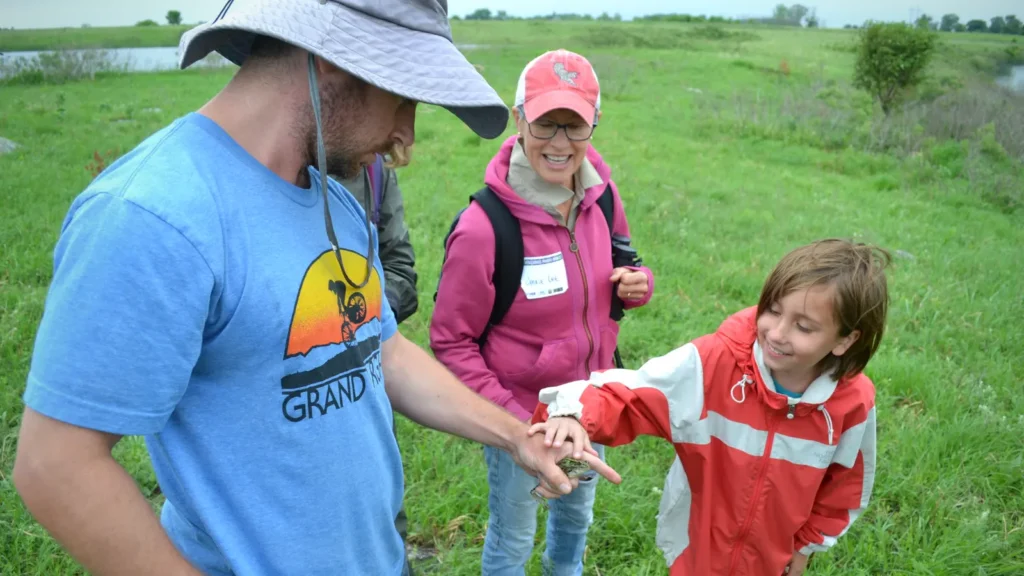
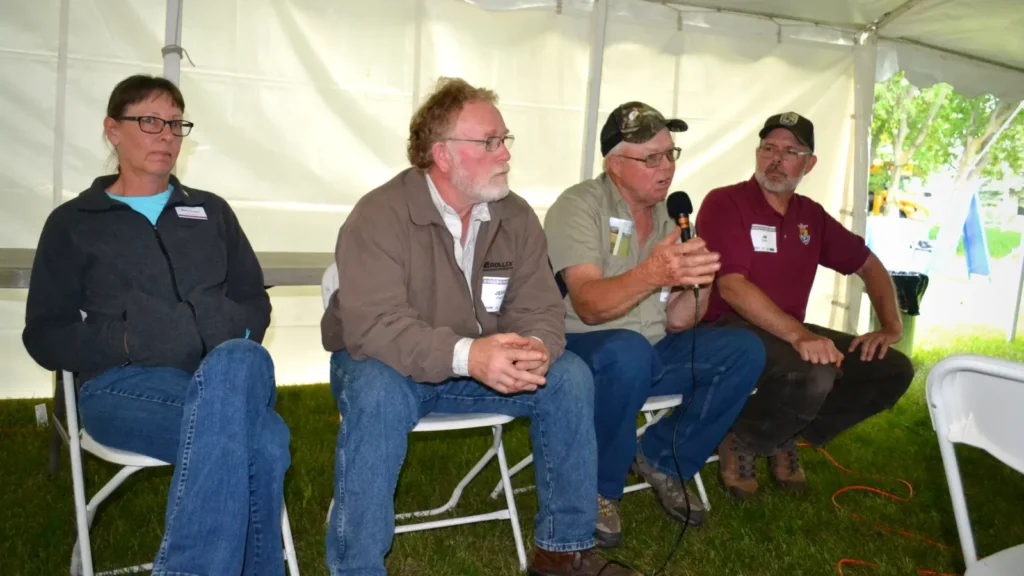

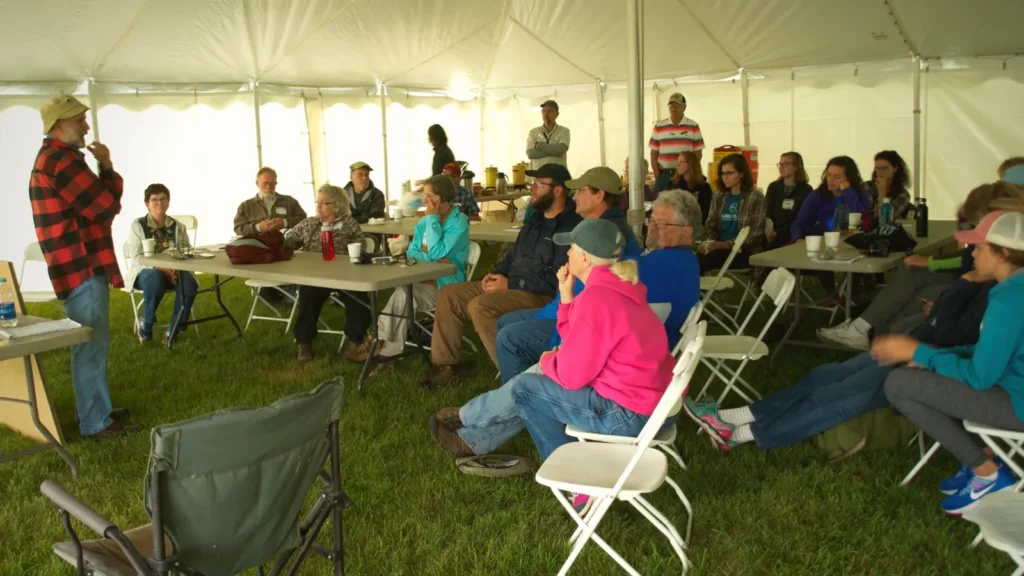
To know the prairie is to love the prairie and at the 2019 Tallgrass Prairie BioBlitz on Saturday, June 22nd, 150 people from across the state got to know one of the largest prairie reserves in Minnesota a lot better. “We wanted people to learn more about the tallgrass prairie ecosystem, that it’s right HERE where they live, to learn the names of the species, how they interact, what they require to survive and thrive, and what people can do moving forward to support them,” commented Robin Moore an event organizer with the Land Stewardship Project. This was the fourth BioBlitz organized by the Land Stewardship Project, CURE (Clean Up the River Environment), U.S. Fish and Wildlife Service (USFWS), and the Minnesota Department of Natural Resources (MN DNR).
The home of this year’s BioBlitz was the 3000-acre prairie complex that’s managed by USFWS and MN DNR in partnership with local livestock farmers and located near Ortonville. The event was a fantastic opportunity for community members to pair up with local experts to learn about and identify native species, but it was also a chance to share their excitement and knowledge of the prairie. “We were really excited about this unique opportunity to help people enjoy their public lands. Several people (both local and from outside the community) told me throughout the day how grateful they were for our work to preserve and manage this prairie!” said Sara Vacek, Wildlife Biologist with the USFWS Morris Wetland Management District.
Throughout the day prairie surveys led by DNR staff, USFWS staff, Minnesota Master Naturalists, and local prairie enthusiasts featured Amphibians and Reptiles, Birds, Bees and other insects, Dung Beetles, Dragonflies and Damselflies, Fish, Prairie plants, and Wetland plants. Everyone had different levels of knowledge. Some participants were veteran naturalists, and others were new to this experience, but all were welcomed. There was also a kids’ prairie walk and programming.
“Connecting people, especially children, to the outdoors and teaching them about the wonders of the tallgrass prairie is extremely important. The tallgrass prairie is the most threatened ecosystem in the United States. People only protect places that they have deep-rooted connections to. Events such as a BioBlitz provide opportunities to learn about the natural world around us and make multi-generational memories,” commented Peg Furshong, an event organizer and CURE’s Director of Programs.
Because the featured prairie complex is a mix of farmed acres and public land, the BioBlitz also provided the opportunity for ecological experts and the general public to get a sense of the vital role well-managed grazing livestock play in maintaining public lands and native prairies. Farmers Jim Nelson and Jeff and Mary Klages along with JB Bright from the USFWS spoke, to this during the lunch presentation on Grazing Public Lands. Nelson stated, “It’s a win-win for us. I hope the wildlife managers think so as well. Probably the biggest thing I have learned from this is how the land and the animals benefit from rotational grazing, which is what I do on my land now.” He continued, “It’s just great to see the ecology and animals benefit. It just proved to me the importance and value of rotational grazing.” Bright said the kind of disturbance grazing provides is key to maintaining grasslands; otherwise, non-native grass species and woody species will take over.
Throughout the day other presentations at the Big Stone Lake State Park basecamp featured something for everyone covering the topics of Amphibians and Reptiles, Earthworms, Dragonflies, Freshwater Fish, Native Plant Landscaping, Prairie Restoration, Prairie Phone Photography, and a Short History of Big Stone Lake. The menu also highlighted the prairie and grazing with grass-fed beef from Fire Rock Farm by Starbuck, MN.
The BioBlitz was made possible with the financial support from the McKnight Foundation, Walton Foundation, Friends of the Morris Wetland Management District, and Ortonville Township. In addition to the LSP, CURE, USFWS, and MN DNR this event would not have been possible without the support of area farmers, the Minnesota Dragonfly Society, and many other volunteers that shared their knowledge and passion for the tallgrass prairie.
Story by Anne Borgendale

